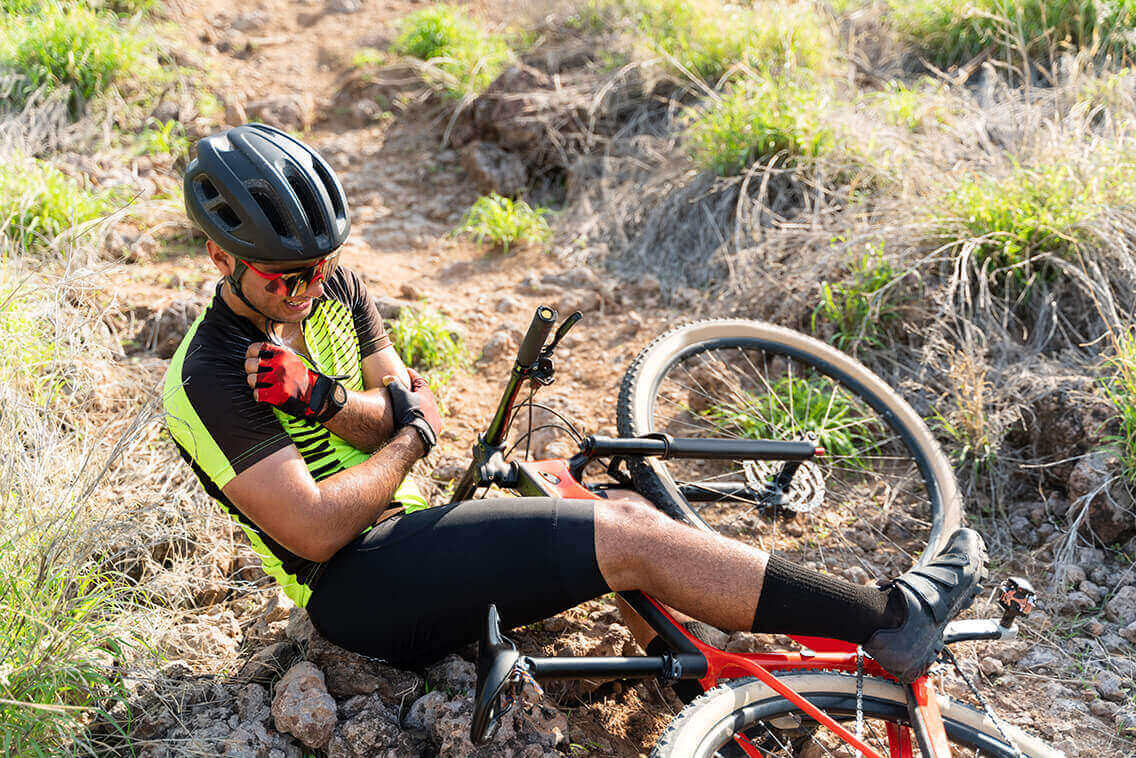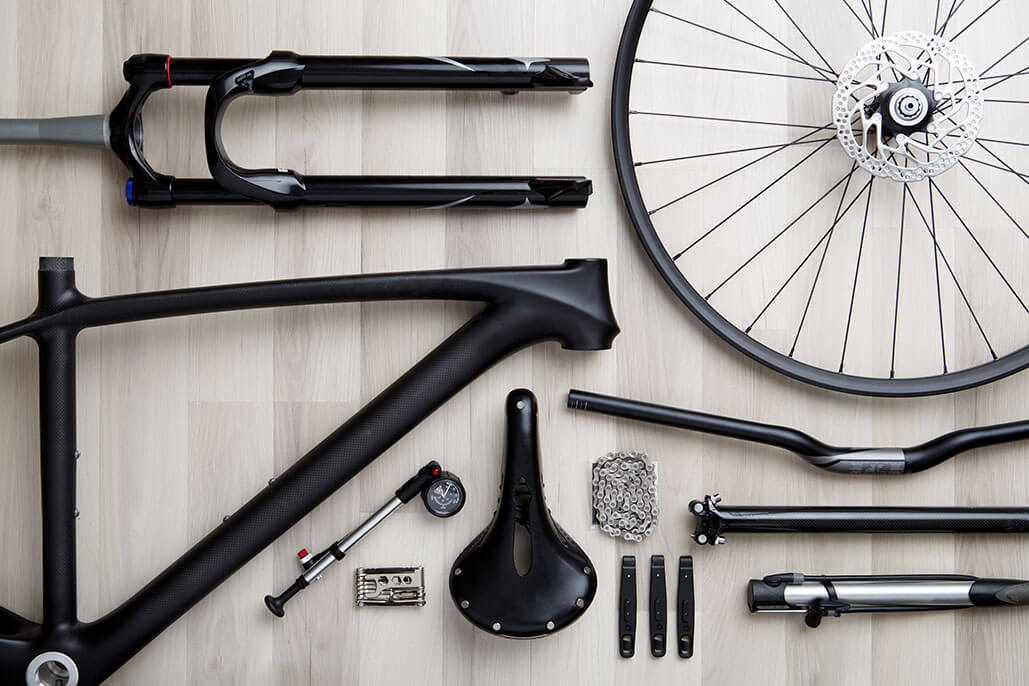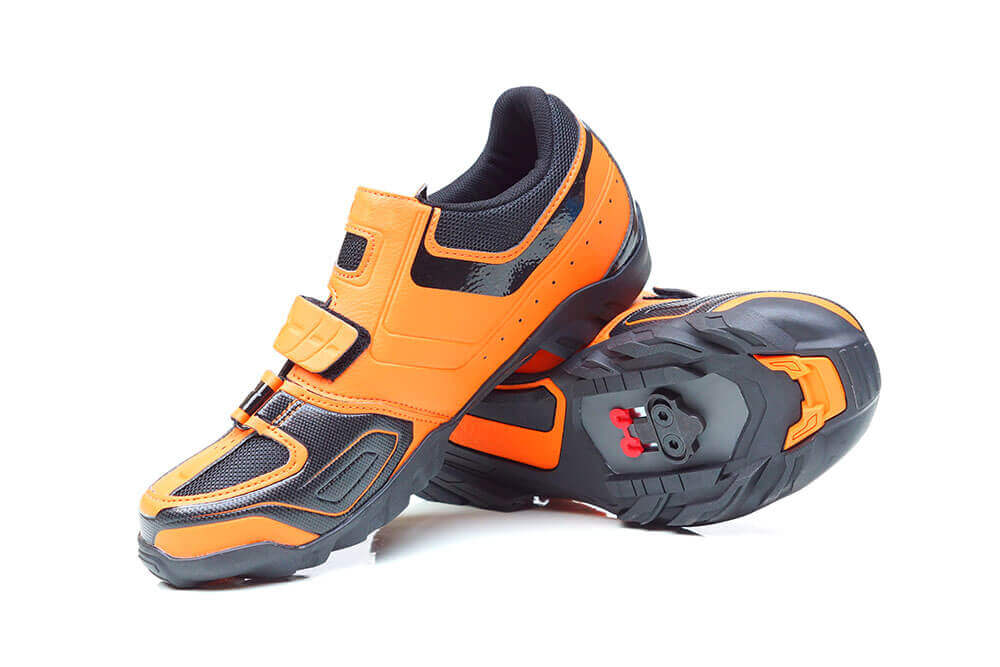There's nothing worse than jumping on your bike, settling into your ride, and 10 minutes in; BOOM, there it is; that niggling knee pain.
I haven't struggled with knee pain on the bike; I'm just using it as an example, but swap out the knee for any other body part, and I'm sure you'll find plenty of riders who are suffering from some pain on the bike.
As a professional coach, I've been lucky to stay relatively pain-free because I understand the importance of bike fit, strength and conditioning, and preventative exercises like stretching and pilates. Bike fit is one component of staying injury-free and pain-free on the bike that many riders overlook; unfortunately, neglecting a bike fit is only to their detriment.
But let's be honest, while a bike fit plays a critical role in preventing pain, it's not the only aspect we as riders need to consider. Strength and condition, flexibility, mobility, and pedaling technique also play a significant role.
So with that being said, let me give you the top tips that I've gathered over my 20 years of coaching professional athletes. Some of these tips you'll be aware of, and some you won't, but one thing all these tips have in common is they've been proven over and over again.
Get a bike fit; a good one

Getting a good bike fit is going to be one of the most important things you can do to avoid injury on and off the bike. Finding an experienced bike fitter can do wonders for your riding performance. Many of the injuries and niggles you've had for years are caused by poor riding position, and getting a bike fit can help alleviate the pain.
Whether it be your seat-post being too high or your handlebars being too far forward, ensuring you're comfortable on the bike is paramount in reducing the chance of injury and boosting your athletic performance.
A bike fit is not a magic bullet that will guard against you ever getting an injury again. Still, it will mitigate the chance while making your riding experience much more comfortable and enjoyable.
Program design and delivery
Cycling is a terrific sport for numerous reasons; ask ten different cyclists, and I'm sure you'll get ten different answers as to why they love cycling, but for me, one of the best things about cycling is that it's a low-impact sport.
What is a low-impact sport, you're asking? It simply means that it's a sport with little to no impact on the joints of your body. An example of a high-impact sport is running, in which your knees, hips, and ankles take a pounding each and every step. The fact that cycling is a low-impact is overwhelmingly positive; however, that being said, it does have a downside.
The biggest downside is that people tend to "overdo" it, and while cycling is a low-impact sport, it will cause problems if you don't give yourself a break. Checking and making adjustments to your training and riding program can help mitigate injury while providing your body sufficient time to repair and recover.
Several iPhone apps can help you track your fitness progress while riding; the trouble with many of these apps is that they can drain your iPhone battery in a heartbeat. To counteract that problem, make sure you have an iPhone compatible charging case to keep your battery topped up to the max. You can also use a handlebar mount with your charging case to keep your phone mounted to your handlebars and charge it whenever you need to.
After a long hard ride, I either take the next day off or schedule a "recovery ride," which is performed at a low intensity and helps flush out the niggles from the previous ride. Give it a try; I'm sure it'll work for you too.
Strength and conditioning

Ok, when most people think about strength and conditioning training, they generally think of bodybuilding or hitting the gym and pumping the weights, but in actual fact, strength and conditioning solely refers to increasing your functional movement safely and efficiently.
It's not about building muscles so much as it's about strengthening the muscle, particularly the muscles that you can't see; these muscles are called the "stabilizer" muscles. These stabilizer muscles help with your posture on the bike, correct pedaling technique, and staying injury-free.
Examples of strength and conditioning exercises for cycling are:
- Squats
- Side Lunges
- Lateral lunges
- Deadlifts
- Leg extensions and
- Hamstring curls
Aim to perform these exercises at least three times a week to get the most out of them. If you're new to strength and conditioning training, start by performing two sets of 12 to 15 reps of each movement. Once you gain more experience and strength, you can begin to perform the exercises at a higher intensity.
Never skip your warm-up

Far too many people neglect their warm-up, myself included, and I can't tell you how many times I've paid the price while out on the bike. Whether it's a cramp in the hamstrings or a lack of power, missing your warm-up can cause serious injury.
The two big misconceptions about warming up are that most people think it's complicated and time-consuming; both couldn't be further from the truth.
Have you ever heard of the acronym KISS? It stands for KEEP IT SIMPLE STUPID, and when it comes to your warm-up, it's exactly what you want to do. A few simple movements like performing some jumping jacks or skipping rope for 5 minutes are all you need to activate your muscles and get the blood pumping.
Remember, the goal is to "warm-up," once you feel some sweat on your brow, you're ready to go. KEEP IT SIMPLE and keep it quick.
Move around on the bike
Cycling is a static exercise, meaning you're stuck on the saddle for long periods, which is why you should "move around" as much as you can.
Depending on how comfortable and experienced you are on the bike, you can take your hands off the bar, stretch your shoulders, and give your back a bit of a stretch. I often do this, but then again, I'm an experienced rider. Your other option is to ride out of the saddle.
Riding out of the saddle helps take pressure off your backside and activates different muscle groups. The easiest time to ride out of the saddle is on a climb, but you can switch to the big ring and change things up, even on a flat road.
That’s a wrap
So there you have it, 5 simple yet effective tips to help keep you injury-free and enjoying everything the sport of cycling has to offer.
Happy cycling!!




Leave a comment
This site is protected by hCaptcha and the hCaptcha Privacy Policy and Terms of Service apply.